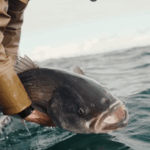
Release Mortality Revisited: New Research from Massachusetts DMF
Feature Photo Credit: Robbie Tartaglia What’s going on? For decades, striped bass management relied on a
Feature Photo Credit: Scientific Anglers Team
At the heart of the Jack Project is a simple but powerful goal:
Shine a light on the jack species that anglers know well, but science and management often overlook. To better understand their movement, behavior and connectivity of this species, we’re putting boots on the deck and tech in the water. Our game plan is built on acoustic telemetry, but before we can follow these fish around the ocean, we have to catch and tag them.
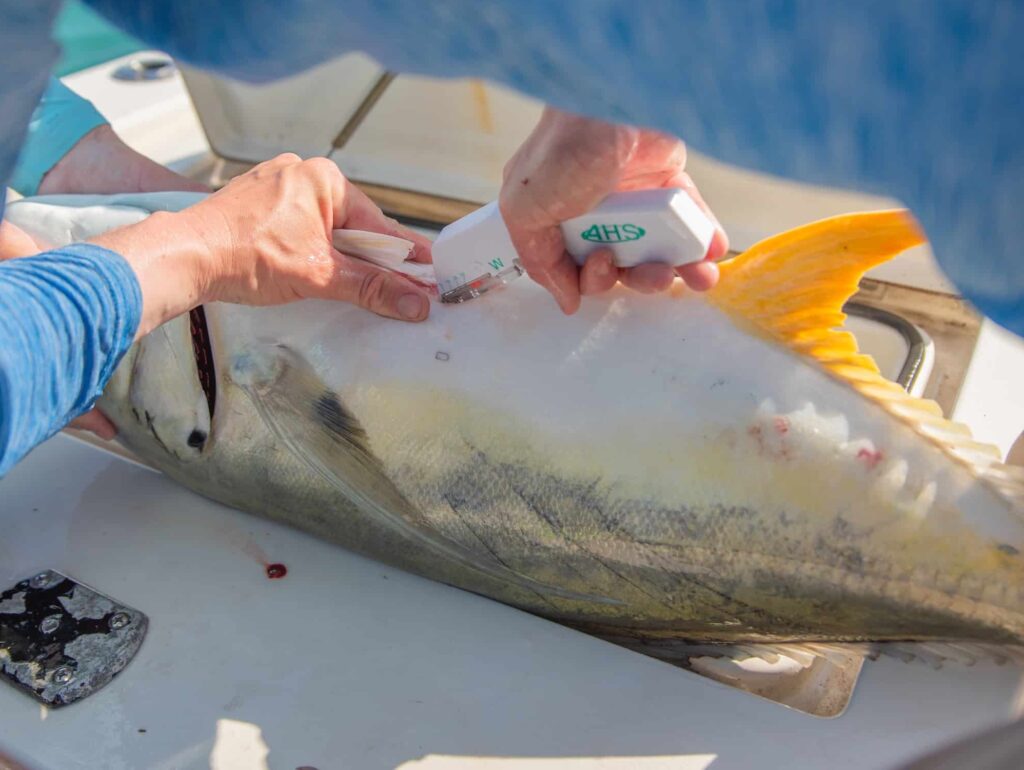
Our work starts on the water, working side-by-side with charter captains. We have a small, select team of guides from all major stakeholder states, from South Carolina to Texas. Our guides keep the pulse of the fishery, knowing when, where and how the fish are behaving to maximize our efficiency. From there, the process goes something like this:
This process is designed to be as minimally invasive and as fast as possible, prioritizing the health of the fish and the quality of the data.
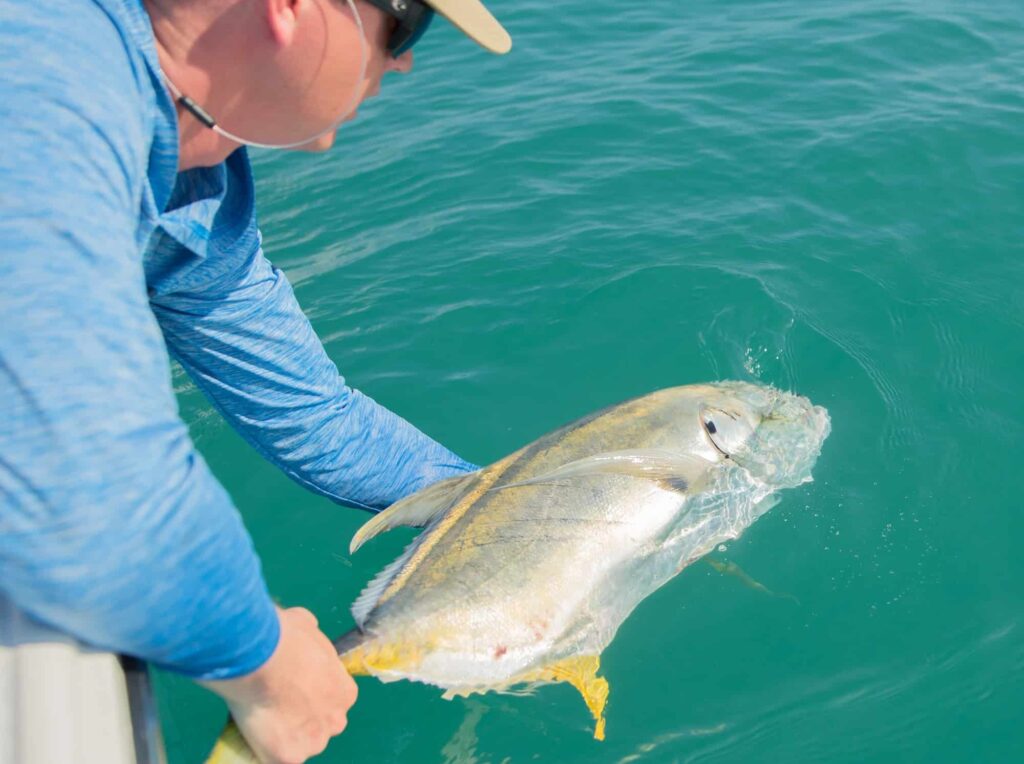
Once released, the acoustic tags begin to do their work. Each tag emits a coded signal at a set interval. Underwater acoustic receivers placed along the coast can pick up that signal. These receivers are stationary listening devices that dozens of academic and agency partners maintain. What makes this work so exciting is the cooperative network behind it:
Collaborative tagging efforts are one of the most cost-effective ways to fill the massive data gaps that currently surround understudied species like jack crevalle—and they are only possible when scientists, anglers, and organizations like ASGA team up for the greater good.
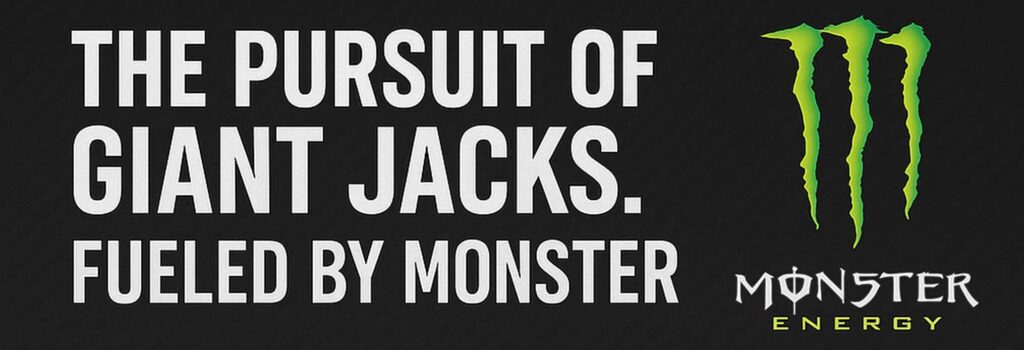

Feature Photo Credit: Robbie Tartaglia What’s going on? For decades, striped bass management relied on a
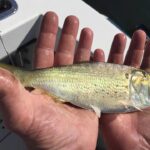
Recent developments in the 2025 Atlantic Menhaden Stock Assessment Update, released by the Atlantic States
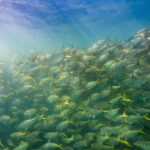
What’s going on? The “most important fish in the sea” just exposed one of the
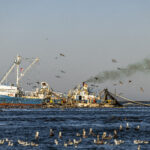
Mario CampoFisheries Ecologist, Southeastern Louisiana UniversityScience and Policy Associate, American Saltwater Guides Association This discussion
We rely on our members and donations to keep fighting for a sustainable tomorrow in marine conservation.
GIVE THE GIFT OF FISHERIES CONSERVATION THIS HOLIDAY SEASON. SHOP ASGA GOODS THAT FUND FISHERIES RESEARCH & ADVOCACY CAMPAIGNS
JOIN ASGA IN CALLING FOR CRITICAL MANAGEMENT ACTION AFTER YEARS OF SPAWN FAILURES & POOR MANAGEMENT.
By using this website, you agree to our use of cookies. We use cookies to provide you with a great experience and to help our website run effectively. To learn more, please review our privacy policy.